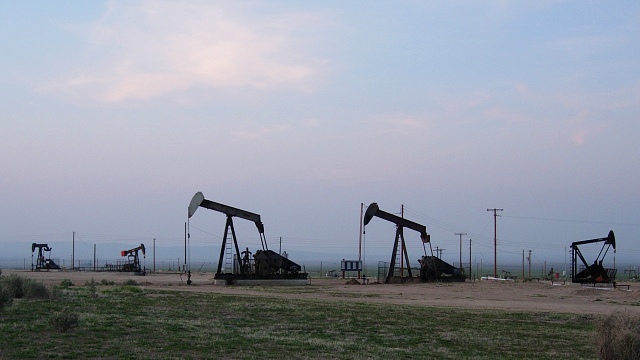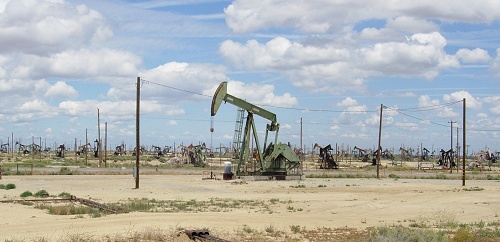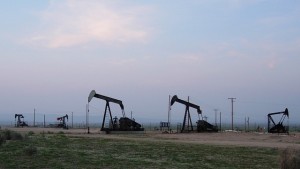
Norma Desmond, the washed-up movie star of Sunset Boulevard, had some memorable lines. One of them was, "I've got oil wells in Bakersfield, pumping pumping pumping." We think of our petroleum as a Southern California thing, or at least no closer than the Great Valley. But petroleum—oil and gas, or both—is widespread around the state, including the Bay Area.
It wasn't just gold, water and agricultural soils that made California rich. Petroleum is one of our greatest natural assets, and the state still ranks fourth in oil production behind Louisiana, Texas and Alaska. While the forests of derricks that once dotted Los Angeles are now subdued and disguised, the Central Valley is still a proud petroleum region, with gas fields in the Sacramento Valley and oil fields in the San Joaquin Valley.
The oil and gas fields of the Central Valley intrude into the Bay Area from the Delta as far as Concord and the Suisun Bay to its north. Gas was produced from the hills north of Concord in the 1960s, and today the old Los Medanos gas field is used by PG&E for storage.

Before petroleum exploration became high-tech, the best way to find oil and gas was to look for natural seeps. An oily sheen on a stream, trickles of tar from a sunny sea cliff, and persistent odors like kerosene are typical signs. These are more common than most people think. Much rarer are actual tar flows like those at Carpinteria Beach near Santa Barbara.
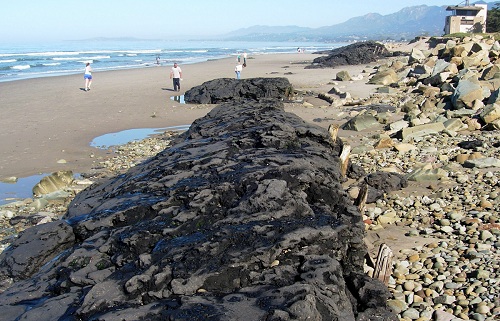
Oil seeps were discovered near Half Moon Bay and in the Santa Cruz Mountains in the 1800s. Asphalt and tar sand were mined from these areas for the streets of San Francisco.
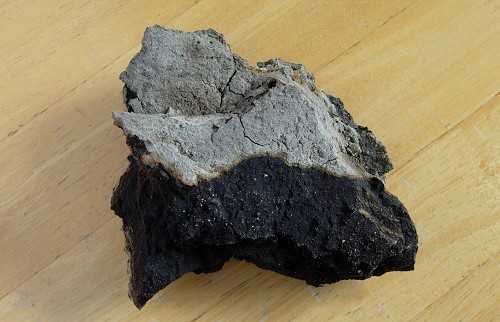
Later, conventional exploration opened up four districts of producing wells in the San Mateo Peninsula: the Half Moon Bay, La Honda and Oil Creek fields still yield oil today. The Moody Gulch field, which started as a tar pit in 1878, was shut down in 1960 and is now under Route 17.
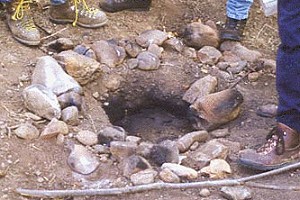
The North Bay has petroleum too. This natural gas seep in Mendocino County is used by the locals as a built-in campfire (photo by Les Magoon, US Geological Survey). Gas and oil seeps were found early on Point Reyes, where one gas seep between Double Point and Duxbury Point was reported as "big enough to cook fish on when lighted." The same rocks, also bearing dikes of oil-soaked sandstone, appear near Davenport on the San Mateo County coast, attesting to movement on the San Andreas fault system.
